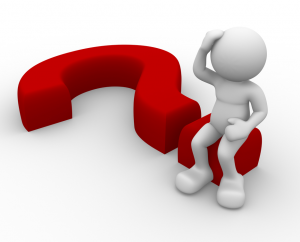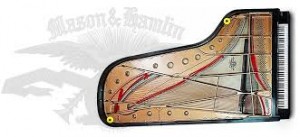I have to tell you that I have been in the piano industry on some level for over 30 years. Having said that you will have to also realize I have seen the coming and going of a lot of piano companies and manufacturing facilities. I have seen them go out of business in the U.S. only to reappear in China. I have seen them rise to the top and then be mismanaged right back down again.

In the 70’s and into the 80’s a piano company named Yamaha came into most of the United States without a great deal of fanfare. They created a great brand name and then supported their emerging company with enough information about their company to get attention. Naturally, at that time there was some significant push back from some people because they were not from the U.S.
From the 70’s and 80’s they began to emerge as a company that was obviously going to demand some attention. At that point they were creating decent pianos. Yes, there was some important changes that were going to need to be made in order to turn these Japanese pianos into “World Class Pianos”.

Apparently, Yamaha along with Kawai, were up to the challenge. In the 90’s they began producing better and better pianos. Being satisfied with their position in the marketplace they were also challenged to bring their company into the forefront of the American Piano market.
Leaving almost 30 years of experience, some successes, some failures but armed with the knowledge they had garnered after their years in the business, they became the “Elephant in the Room” that had to be acknowledged and dealt with.

Thier powerful marketing machine along with many other financial influences left many American companies wondering what to do next. They tried to manufacture in the U.S. but economic situations made them turn that American manufacturing back to Asia where it still is to this day. Exiting the U.S. manufacturing also left a gaping hole in the U.S. for many manufacturers. The business models of that era were beginning to weaken and by 2005 many, many manufacturers were left in shambles.
This has been the case with many other types of manufacturing that have exited the U.S. market. Companies want to continue to grow financially while expenses are going up and profits are dwindling they find themselves looking for alternatives. Yamaha and Kawai have for many years filled that niche’.
It is a fair to say that many people feel as if Japan is superior in manufacturing than any of the other Asian countries. However, It took Yamaha and Kawai many years to garner not only a good reputation but being able to create a piano that was worth what they have turned them into today.
While most of those pianos are not to be compared with fine American manufacturing such as Mason and Hamlin and Steinway or European manufacturing, these Japanese pianos are considered to be very well made. Of course, like anything in you need to play these pianos for yourself.
Then came China.











